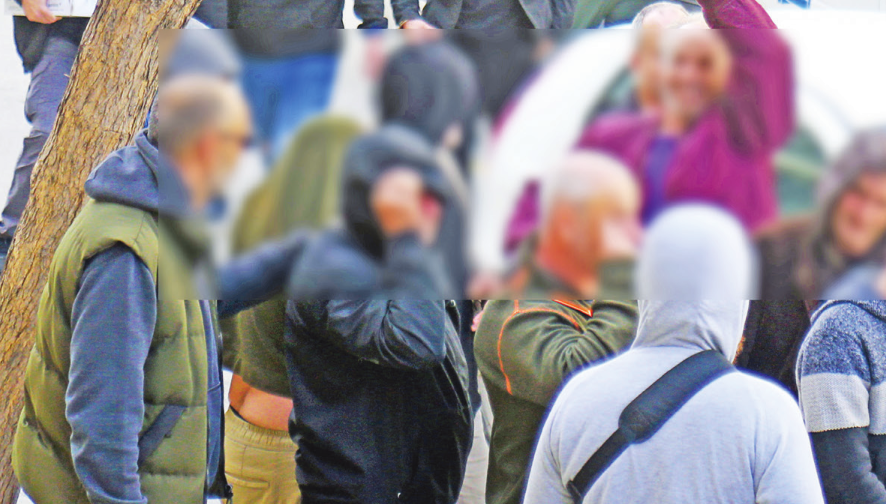David Gellman, the director of the excavation on behalf of the Israel Antiquities Authority said, "The fact that the inscription survived is an archaeological miracle. The excavation in a relatively small area, exposed ancient remains that were severely damaged by infrastructure groundwork over the last few decades. We were about to close the excavation, when all of a sudden, a corner of the mosaic inscription peeked out between the pipes and cables. Amazingly, it had not been damaged. Every archaeologist dreams of finding an inscription in their excavations, especially one so well preserved and almost entirely intact."
Dr. Leah Di Segni, of the Hebrew University in Jerusalem, the expert on ancient Greek inscriptions, deciphered the inscription. The inscription reads, "In the time of our most pious emperor Flavius Justinian, also this entire building Constantine the most God-loving priest and abbot, established and raised, in the 14th indiction". According to Di Segni, "This inscription commemorates the founding of the building by Constantine, the priest. The inscription names the emperor Flavius Justinian. It seems that the building was used as a hostel for pilgrims." Di Segni added, "'Indiction' is an ancient method of counting years, for taxation purposes. Based on historical sources, the mosaic can be dated to the year 550/551 AD."








